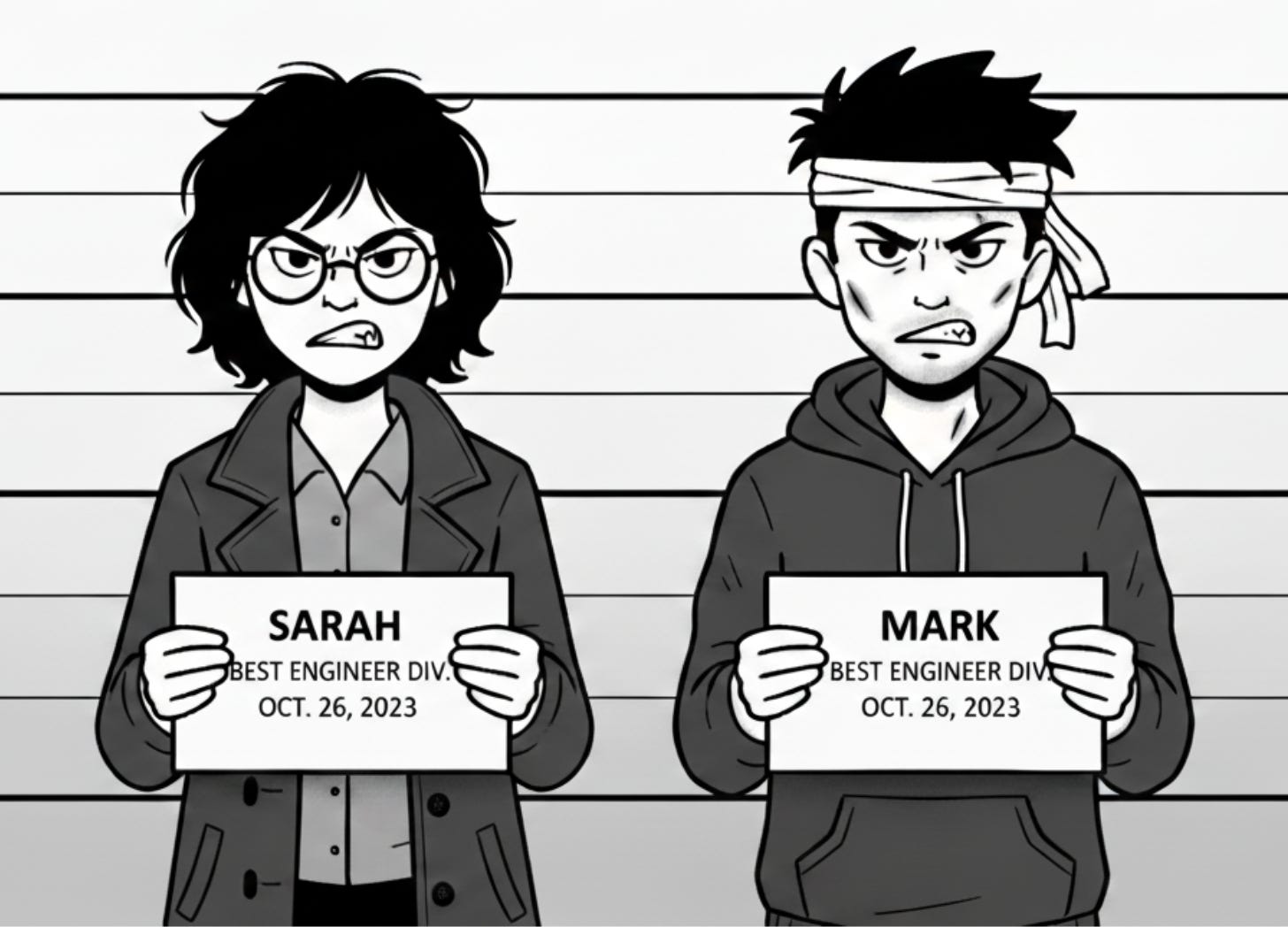Why Your Two Best Engineers Hate Each Other
And how to finally end the war
So you’re the boss. You manage a high-performing engineering team. Good for you.
You’ve got two senior engineers. We’ll call them Sarah and Mark.
Sarah is a brilliant architect. She sees the whole system. She sees problems that haven’t even been born yet. Her thinking is deep, strategic. She’s playing chess while everyone else is playing checkers.
Mark is …
Keep reading with a 7-day free trial
Subscribe to The Conscious Leader to keep reading this post and get 7 days of free access to the full post archives.


